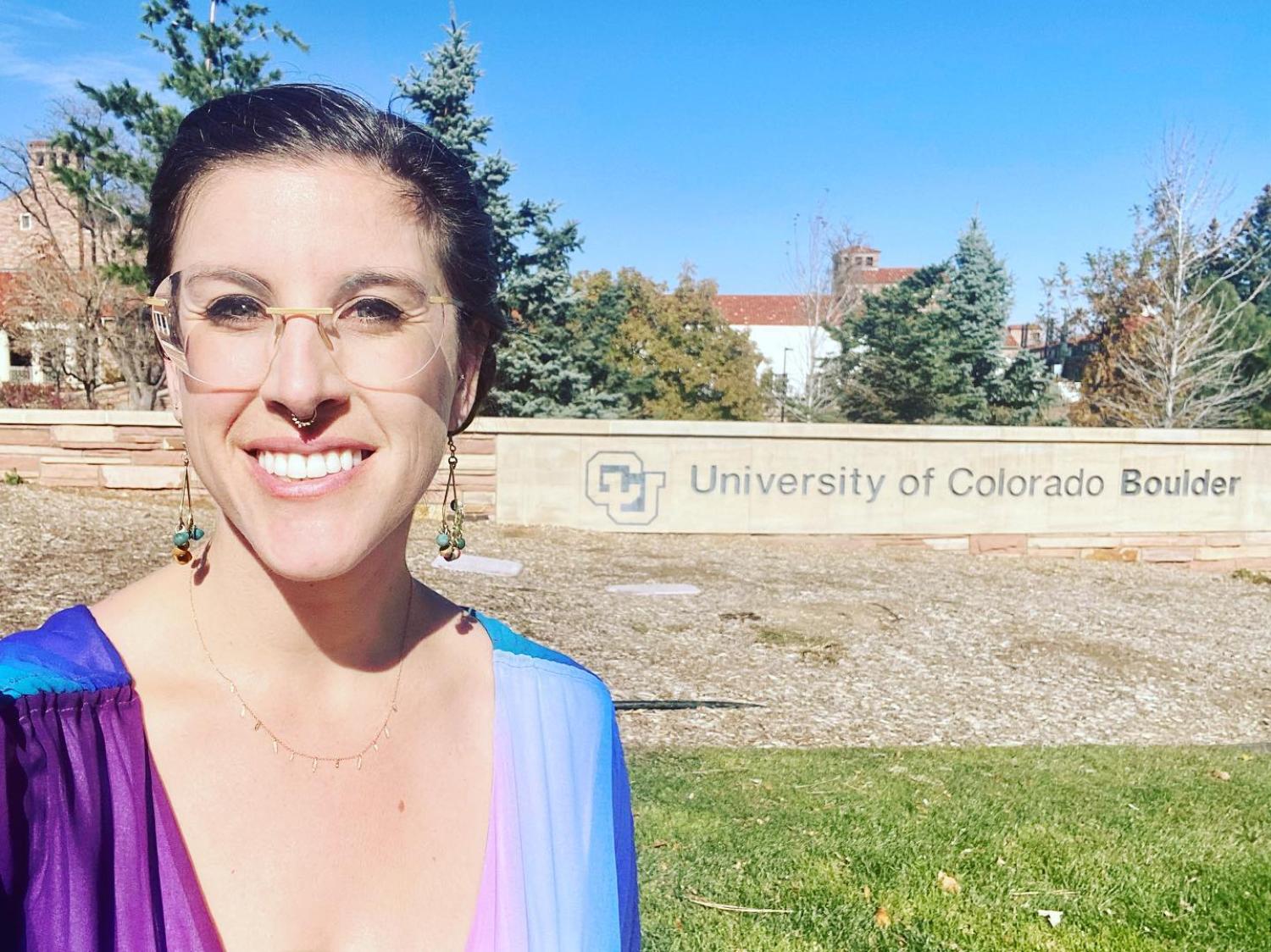Dr. Kate Lindsey gives LingCircle talk on April 26
The Department of Linguistics presented a LingCircle talk by Dr. Kate L. Lindsey (Assistant Professor of Linguistics, Boston University). Her talk, titled Ghost elements in Ende phonology, took place on Wednesday, April 26 at 4:00pm in CASE E351.
This is a hybrid presentation with the option to join in person or via Zoom. Click here to access the Zoom meeting for the lecture.
Included below is an abstract for Dr. Lindsey's lecture. We hope to see you there!
Ghost elements in Ende phonology
Kate L. Lindsey (Boston University)
Ende phonology exhibits several phenomena where partially underspecified segments seem to appear and disappear at the service of phonotactics, much like yers in Slavic. Following Zoll (1996) and Kiparsky (2003), I call such elements ghosts. I will present two types of ghosts in Ende and show how the interaction of these two patterns informs formal theories on the representation of underspecification in the input.
Ende floating nasals demonstrate alignment of an underspecified nasal segment to the leftmost non-initial obstruent in the word, much like how stress and affixes may be aligned to left or right edges of stems or feet (McCarthy & Prince 1993) or how tone patterns may spread to adjacent tone-bearing units. A phonotactic analysis of the Ende dictionary and corpus reveals that prenasalization is a contrastive feature of morphemes, much like nasalization in Máíhɨ̃ki (Sylak-Glassman 2013). Ende phonotactic reduplication displays semantically vacuous copying of segmental structure to repair verb roots that violate a phonotactic constraint on word minimality. Monosyllabic verb roots reduplicate in isolated forms, but multisyllabic verb roots do not. Curiously, morphological structure also seems to play a role.
Representing both ghost elements as subsegments in the input allows for straightforward constraint-based analyses of the phenomena independently. However, when the two ghost patterns co-occur in the same word, a ranking paradox arises. This puzzle is solved if the two types of ghost elements are represented distinctly in the input.



